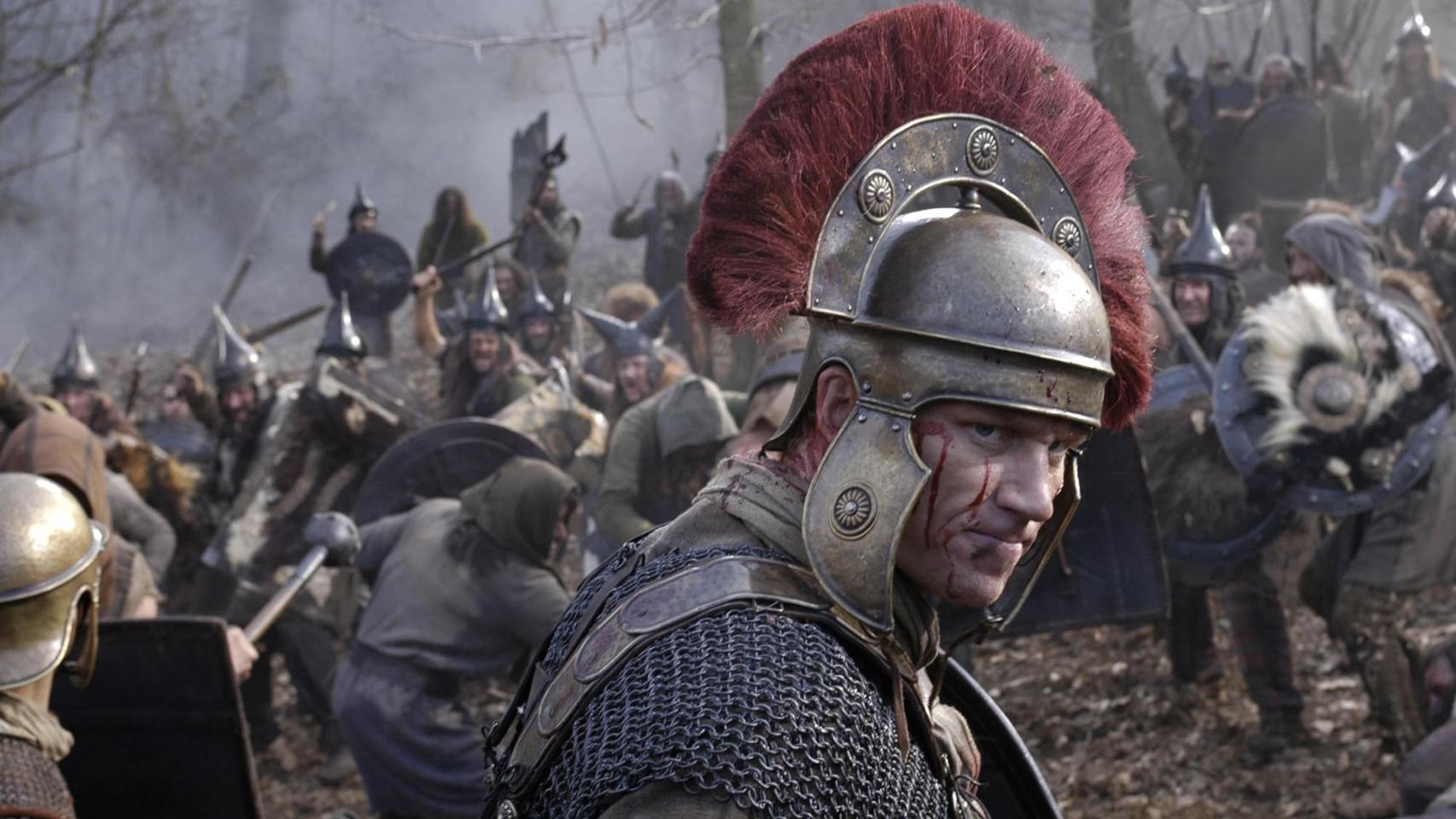Before Game of Thrones came Rome and thanks to its existence, the Song of Ice and Fire series became possible years later. The ambitious feat of this historical production was carried out thanks to the joint effort HBO, BBC, and the Italian public television RAI, which facilitated with its participation the use of the mythical Cinecittà studios, where the detailed replica of Ancient Rome was built, the setting of the series.
The budget of 110 million for its first season was unthinkable in 2005 for a historical series starring mostly unknown actors. But even more unthinkable was the deployment of resources in its production, with sets and exteriors that rigerously reproduced the constructions and lifestyle of the era, covering an area of 20,000 square kilometers and with a Roman Forum built to a scale of 60% of the original.
April Ferry, the costume designer of the series, estimated in an interview in Variety published on the occasion of the premiere, that over 4000 pieces of clothing were produced, made with cotton, linen, wool, and silk imported raw from India and Morocco, which were dyed in Rome. In Bulgaria, the almost 2000 pairs of sandals used in the series were manufactured, and in the scene of Caesar's Triumph, 750 actors and extras participated.
In addition, the more than 50 extras hired as legionaries underwent a two-week training in which they lived like Roman soldiers of the time, in tents, without showers or soap, following a strict schedule and an intensive training program in the use of swords and other necessary fighting skills.
Rome was ahead of its time.
'Rome' (HBO)
From the Roman Republic to the Empire
Half a century before the birth of Christ, Rome had become the most powerful city in the world, a cosmopolitan metropolis with a million people and the center of an extensive Empire. Founded on the principles of shared power and fierce personal competition, the Republic was created to prevent any man from obtaining absolute power.
It is a society where soldiers can rise above commoners to become heroes and even leaders of the Republic. But when the ruling class became extravagant and wealthy, the institutions crumbled worn out by corruption and excess, and the old values of Spartan discipline and social unity gave way to a great class divide.
The first season depicts Julius Caesar's civil war in 49 B.C. against the traditionalist conservative faction of the Roman Senate (the optimates), his rise to power as the dictator of Rome, and his fall, from the end of the Gallic Wars until his assassination.
'Rome' (HBO)
A new perspective
The setting of the series is impressive, but it was also a narrative triumph. Set in the period covering the violent transformation of the Roman Republic into the Empire, the series shows a story known to all from the viewpoint of two common men, Lucius Vorenus and Titus Pullo, two Roman legionaries mentioned by Julius Caesar in the Commentarii de Bello Gallico.
Through the fictional versions of these legionaries, the series portrays not only the lifestyle and intrigues of the elite ruling Rome but also the day-to-day life of a metropolis of a million people and the center of an expansive Empire.
And with a solid foundation of historical accuracy but without letting the truth spoil a plot twist, the series takes some artistic liberties so that the lives of these two soldiers serve to witness, but also to influence the most important historical events portrayed in the two seasons.
Promotional poster of 'Rome' (HBO)
It was canceled, but it has a good ending
Despite the series increasing its audience with reruns of the first season and the successful DVD sales, it was not renewed for a third season. The high production costs made it impossible for the BBC to continue as a partner in the project, and HBO could not take over the entire budget.
The news of the cancellation came before the second season was filmed, so there was time to make adjustments, and Bruno Heller, the showrunner, had time to give the ending a certain closure and a truly memorable final scene.
Details
- Where to watch: Max
- Duration: 2 seasons
- Production year: 2005-2007
- Created by: Bruno Heller
- Cast: Kevin McKidd, Ray Stevenson, Ciarán Hinds, Polly Walker, James Purefoy, Tobias Menzies, Indira Varma
*This article has been automatically translated using artificial intelligence
